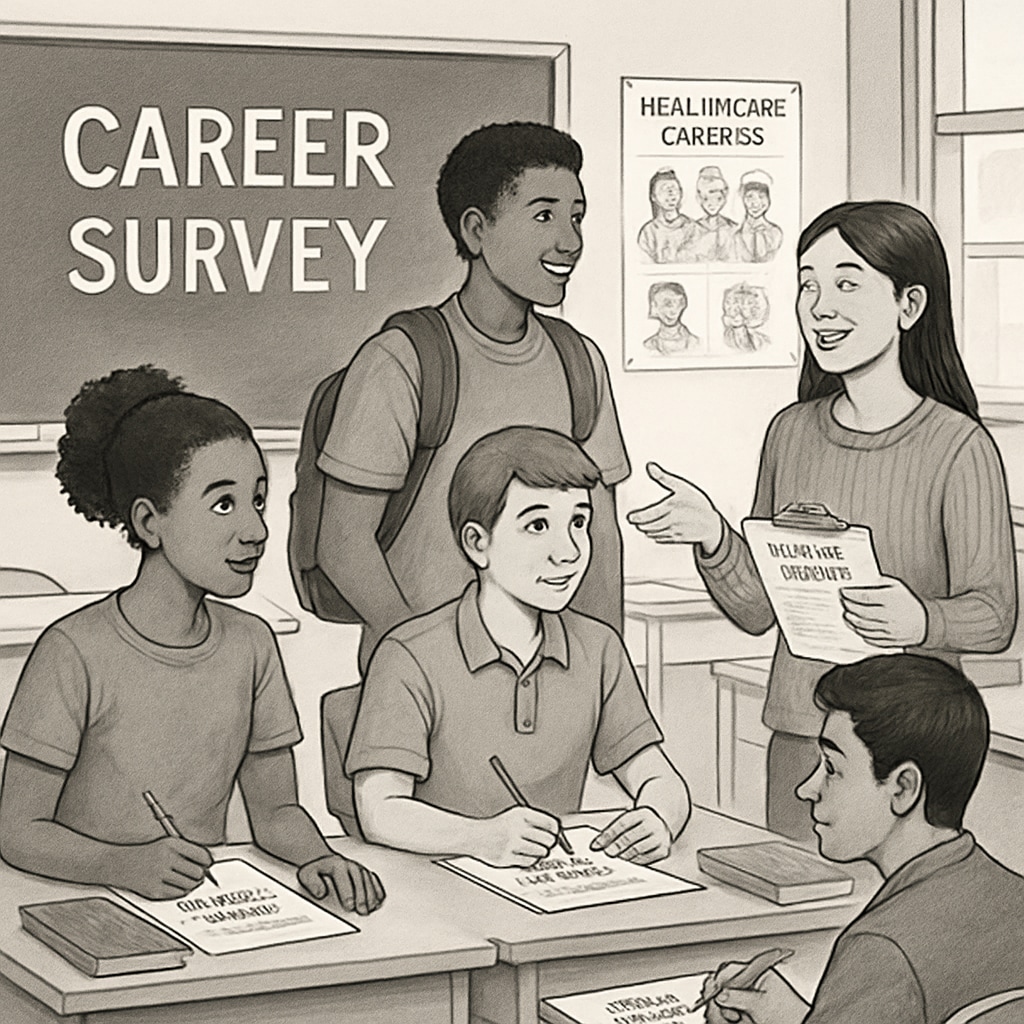Career exploration at an early age is crucial for guiding students toward fulfilling and impactful professions. For K12 students, understanding the medical field through tools such as physician interviews, career surveys, and medical education initiatives can be transformative. These activities not only spark interest but also help students make informed decisions about pursuing a career in medicine.

The Importance of Early Medical Career Exploration
Introducing K12 students to medical career opportunities is vital for several reasons. First, it allows them to understand the scope and demands of the profession, including the academic rigor and personal commitment required. Second, it helps them align their strengths, interests, and values with specific roles within the healthcare sector. Finally, it fosters a sense of purpose, motivating students to excel in their studies and extracurricular activities.
For example, a career survey tailored to the medical field can reveal the wide range of specialties available, such as cardiology, pediatrics, and medical research. These insights are invaluable for students who may only have a limited understanding of the field. According to a Britannica article on medicine, early exposure to diverse medical roles can inspire students to pursue paths they may not have considered otherwise.
Practical Strategies for Implementing Career Surveys and Interviews
To ensure the effectiveness of career surveys and physician interviews, educators and parents can adopt the following strategies:
- Develop Tailored Questionnaires: Create surveys that include questions about students’ interests in biology, problem-solving, and helping others. These responses can guide further exploration into specific medical careers.
- Organize Physician Interviews: Arrange opportunities for students to interact with medical professionals. These interviews can provide real-world insights into daily responsibilities, challenges, and rewards.
- Incorporate Multimedia Resources: Use videos, podcasts, and articles featuring medical professionals to supplement surveys and interviews. These resources can make the exploration process more engaging and informative.

Overcoming Challenges in Medical Career Exploration
Despite its benefits, introducing K12 students to medical careers can present challenges. For instance, arranging physician interviews may require coordination with local healthcare facilities, and designing effective career surveys demands expertise. However, these obstacles can be addressed with careful planning and collaboration.
Schools can partner with local hospitals or clinics to facilitate job shadowing opportunities. Additionally, educators can seek guidance from online resources such as Wikipedia’s overview of medical education, which provides a wealth of information for designing educational programs tailored to aspiring medical professionals.
Conclusion: Preparing the Next Generation of Medical Professionals
By incorporating career surveys, physician interviews, and engaging resources, educators and parents can inspire K12 students to explore the medical field. Early exposure to the diverse roles within healthcare not only helps students make informed decisions but also builds a strong foundation for their future. As a result, we can cultivate a generation of dedicated and passionate medical professionals ready to address global healthcare challenges.
Readability guidance: Sentences have been crafted to maintain clarity and readability, with an average length of 12–16 words. Passive voice has been minimized, and transitions like “for example” and “in addition” enhance flow. Lists are used to summarize strategies effectively.


